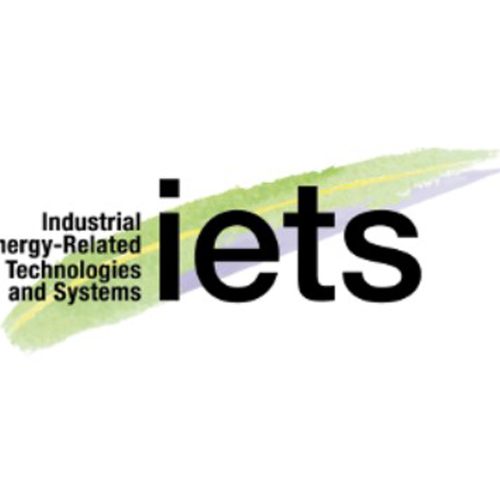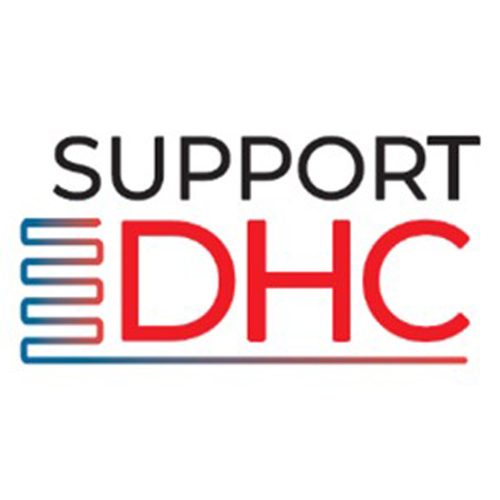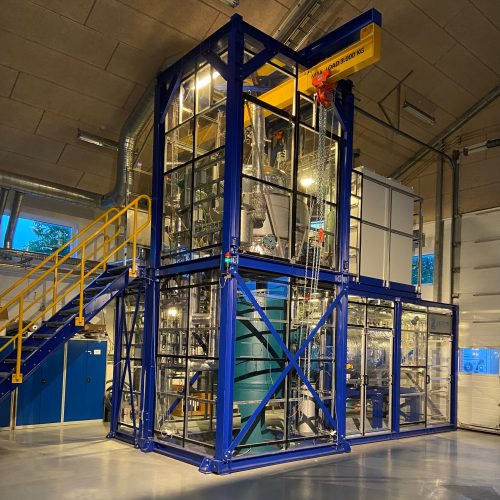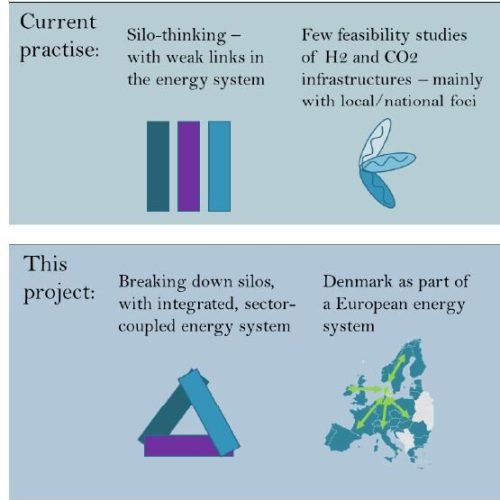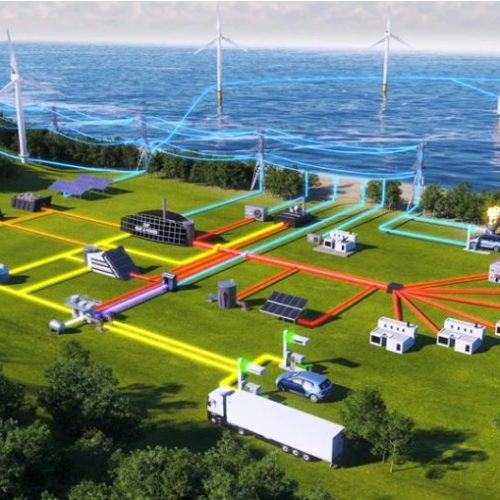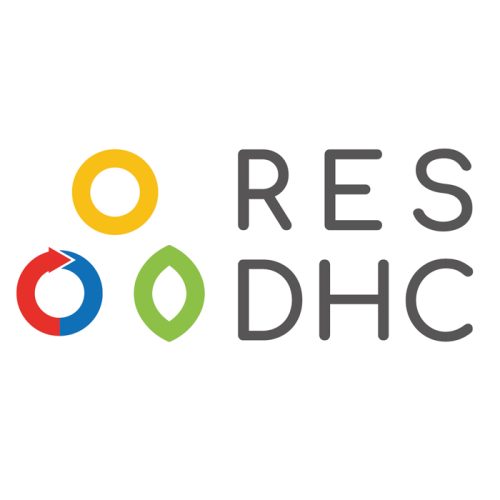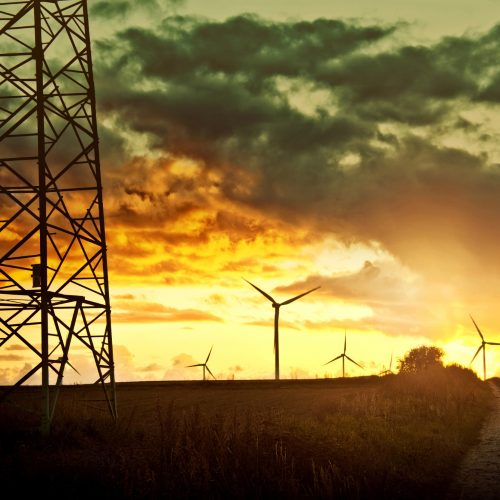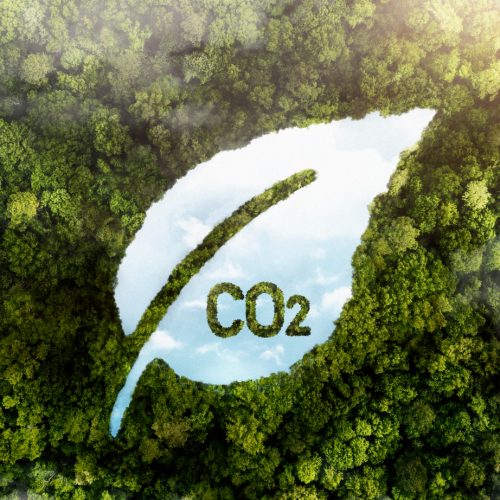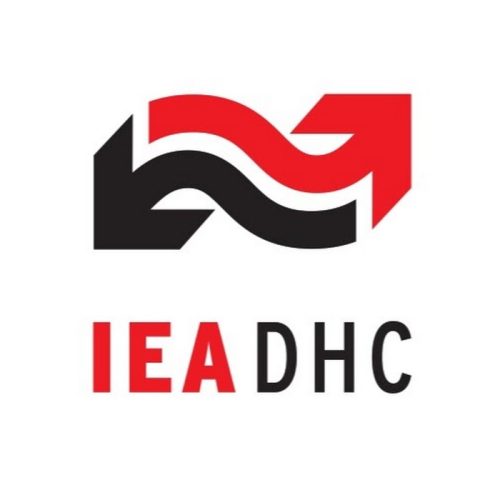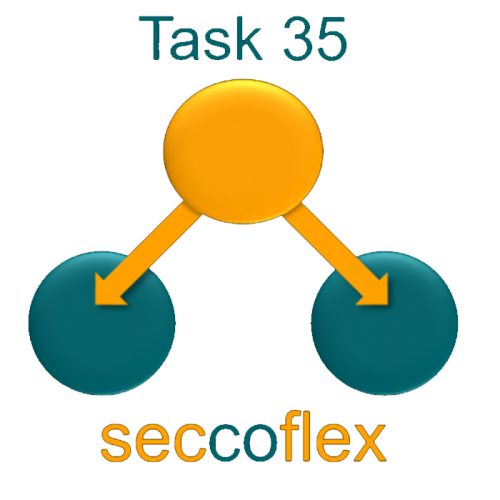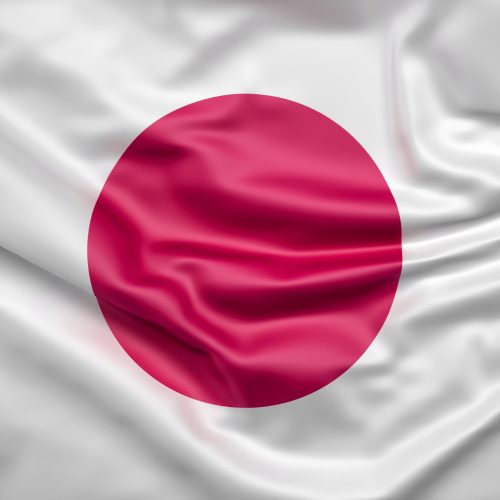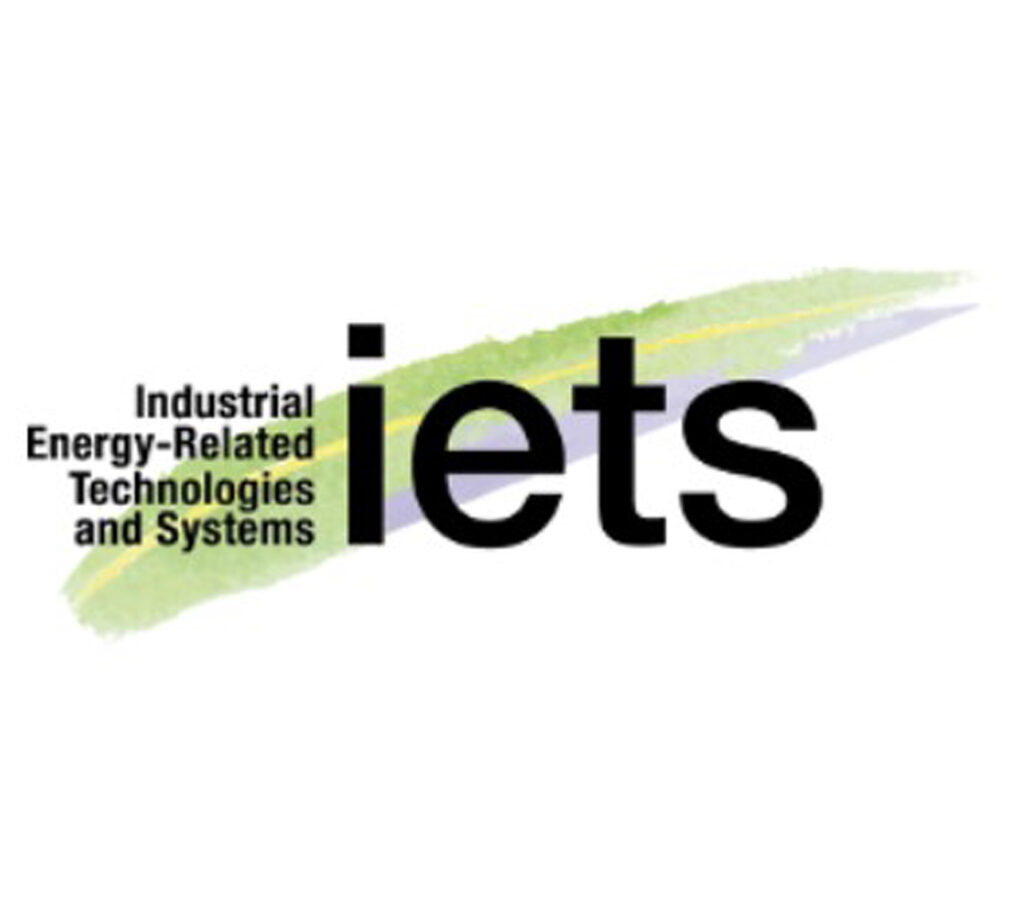Home / Portfolio
Our projects around the world
Project category
The aim of the IETS Task XIX – Electrification in Industry is to develop a platform for exchange of information, experiences, and lessons in R&D projects in the area of industrial electrification.
Please find the current version of the Heat Planning Toolbox (v 1.3, Apr 2022) available for download here
EU
In the next three decades, the transformation of the DHC sector to reach the overall goal of a carbon=neutral Europe by 2050 will be particularly challenging for owners and operators of DHC systems and all related stakeholders, such as authorities, involved in this process.
Unlike the classical methanol production method based on highly carbon intensive steam reforming of hydrocarbons, eREACT provides significant CO2 savings, since it absorbs the CO2 content of the biogas used as a feedstock. Compared to another electricity driven methanol production method using electrolysis, eREACT demonstrates to consume less electricity and utilise CO2 directly form the biogas
The goal of this project is to evaluate Danish investment options for hydrogen (H2) and CO2 infrastructure to support green fuel production in the context of an integrated, sector-coupled European energy system. The project will address current plans and potential build-outs, assessing both the value of H2 and CO2 grids and storages in an uncertain European energy transition.
The project encompasses some of the best existing modelling tools, which focus on different aspects of PtX, from analysis at project level with a strong representation of PtX plants, over district heating and long-term storages to international markets for power and hydrogen.
Denmark
PlanEnergi has many years of experience with the placement of technical facilities in the landscape, including the placement of large wind farms, solar parks, solar systems, thermal storage, biogas plants, as well as transmission lines for electricity and pipelines for heat and gas.
EU, DK
The purpose of creating climate accounts is to give the municipalities an overview of the greenhouse gas load
that is associated with a number of different activities within the municipal boundary.
EU
The aim of the IEA DHC Annex TS3 „hybrid energy networks” is to promote opportunities and to overcome challenges for district heating and cooling (DHC) networks in an integrated energy system context, focusing on the coupling to the electricity and the gas grid.
EU
The project is supported by EUDP with the purpose of making investigations and analyses as the Danish contribution to IEA’s Annex 35 under the Technology collaboration platform, ECES (Energy Conservation through Energy Storage)
Japan
PlanEnergi cooperates with the Japanese non-profit organization ISEP (Institute for Sustainable Energy Policies) to build a district heating tradition in Japan based on local energy and self-determination

